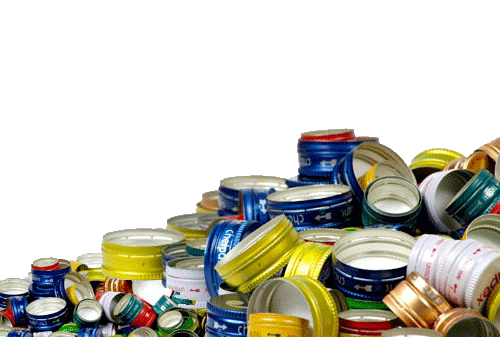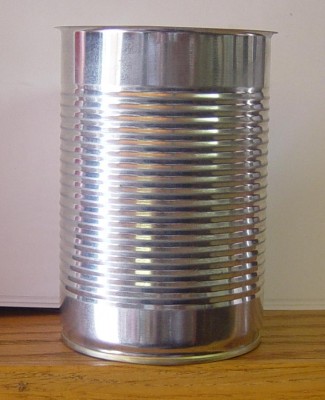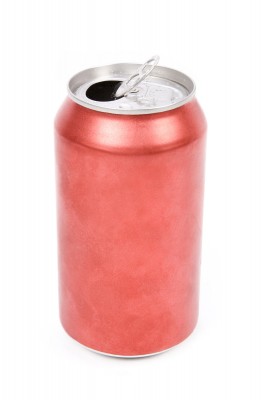Difference Between Tin and Aluminum

Although metals posses quite similar properties, there are certain characteristics of all metals which make them suitable for particular uses. Metals are durable and tough, but their strength varies greatly. It is also a fact that most metals are prone to corrosion due to moisture and oxygen in air. However, there are some metals which have natural ability to resist corrosion and such metals are used for making a wide range of products. Tin and aluminium are two such metals which are durable and resistant to corrosion. These two metals are mostly used for making cans and protective coverings for other metal objects. Most people think that tin cans and aluminium cans don’t make any difference in use. Tin and aluminium products might be similar in a lot of ways but they have great differences as well.
Tin is present in Group 4 of the Periodic Table of Elements and possesses the properties of metalloids i.e. have both properties of metals and non-metals at the same time. It is mainly extracted from cassiterite and is widely used for making food and beverages cans.
Aluminium a silvery white metal, positioned in Group 3 of the Periodic Table and possessing strong metallic properties. Its ability to react with oxygen in air makes a protective oxide coating on its surface, making it less prone to corrosion.
Instructions
-
1
Tin
Tin is actually a crystalline element with a low boiling point. It is malleable even at room temperature and can be cut into sheets easily. Tin is resistant to corrosion and this makes it suitable for making food cans. However, many modern day cans are actually made of steel and only a thin coating of tin is added to its surface for preventing corrosion. Tin cans are heavier than the aluminium ones and hence, more durable. These cans are also ideal for acidic foods because of their corrosion resistant properties.
Image Courtesy: alibaba.com
-
2
Aluminium
Aluminium is present abundantly in the earth’s crust and is extracted from its ore, bauxite, through the process of electrolysis. Aluminium exists in compounds and it is a rather difficult process to refine pure aluminium from its ores. Aluminium cans are actually made from alloys of aluminium and are extremely lightweight but very strong at the same time. These cans be easily recycled and pay off well in monitory terms. Aluminium’s ability to resistance against corrosion makes it durable as well.
Image Courtesy: nutritionmythbusters.blogspot.com







